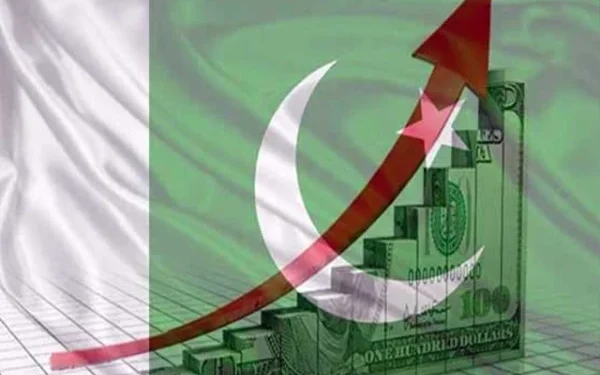Islamabad: The word “reforms” has been used so badly in Pakistan that now whenever reforms are mentioned, they seem to be just empty claims that do not have a real strategy for change.
The recently published report titled Pakistan Reforms Report by Mishal Pakistan praised the government’s initiatives for more than 100 reforms in 2024. When we hear the mention of more than 100 reforms, many questions arise in our minds.
A careful review of the report shows that it is simply a mistake to interpret these measures as reforms because they are either a continuation of previous ongoing projects or steps taken to stay connected to those same projects.
Surprisingly, this report states that in January 2025, the government privatized 7 government institutions that were running at a loss, but the names of these institutions are not disclosed. Therefore, the non-disclosure of the names of these entities after the claim of privatization rather raises questions about the credibility and authenticity of the report itself.
The issue of Pakistan International Airlines is not hidden from anyone, but it is clear that the government has not yet finalized any privatization issue – the last successful privatization was in February last year.
At present, the current government is not recruiting for any new posts, but the plan to recruit for another 150,000 posts has been postponed for the time being to reduce government expenses and save money. Despite this, some government institutions run on a commercial basis are still causing billions of rupees in losses to the national exchequer annually.
Most of these institutions are related to the communication (transport) and energy sectors, which are losing billions of rupees annually due to poor management, so it is extremely important to verify whether work has been done to privatize such institutions or change their management structure.
The World Economic Forum has recently published a Global Competitiveness Report, which assesses economies around the world on 12 basic issues, including innovation, business environment, labor market efficiency, and the country’s financial system.
Therefore, while reviewing the report, we expected that it would also compare Pakistan with other economies around the world and would assess the ease of doing business, productivity, innovation, and economic efficiency.
However, the report merely praises the role of the Special Investment Facilitation Council (SIFC) in assisting economic recovery, and the measures taken by the council to attract investment and identify the lack of governance and discipline are debatable.
However, the report does not mention any real competitive indicators, which makes the mention of the council in the report more political than analytical. Regarding financial management, the Pakistan Reforms Report highlights the reforms made in the pension sector, which will save the government up to Rs 1.7 trillion over the next ten years through the fund scheme introduced in 2024.
However, this scheme will only apply to new government employees, meaning that it will take a reasonable time for the costs incurred by current pensioners to decrease.
It should be remembered that the size of pension expenditure in the fiscal year 2024 was Rs 1.2 trillion and a further 15% increase has been announced in the upcoming budget 2025, which will further increase the financial burden.
Pakistan should adopt the models of India and Chile regarding successful pension reforms, where reforms have been brought about in a coordinated manner and long-term expenditure has been reduced.
The Pakistan Reforms Report also highlights several measures taken by the Pakistan Muslim League (N) government, some of which have the potential to flourish further and which will pave the way for long-term development.
Some of these measures should be mentioned, such as allowing companies working in the information technology sector to keep their income or profits in the form of dollars.

























